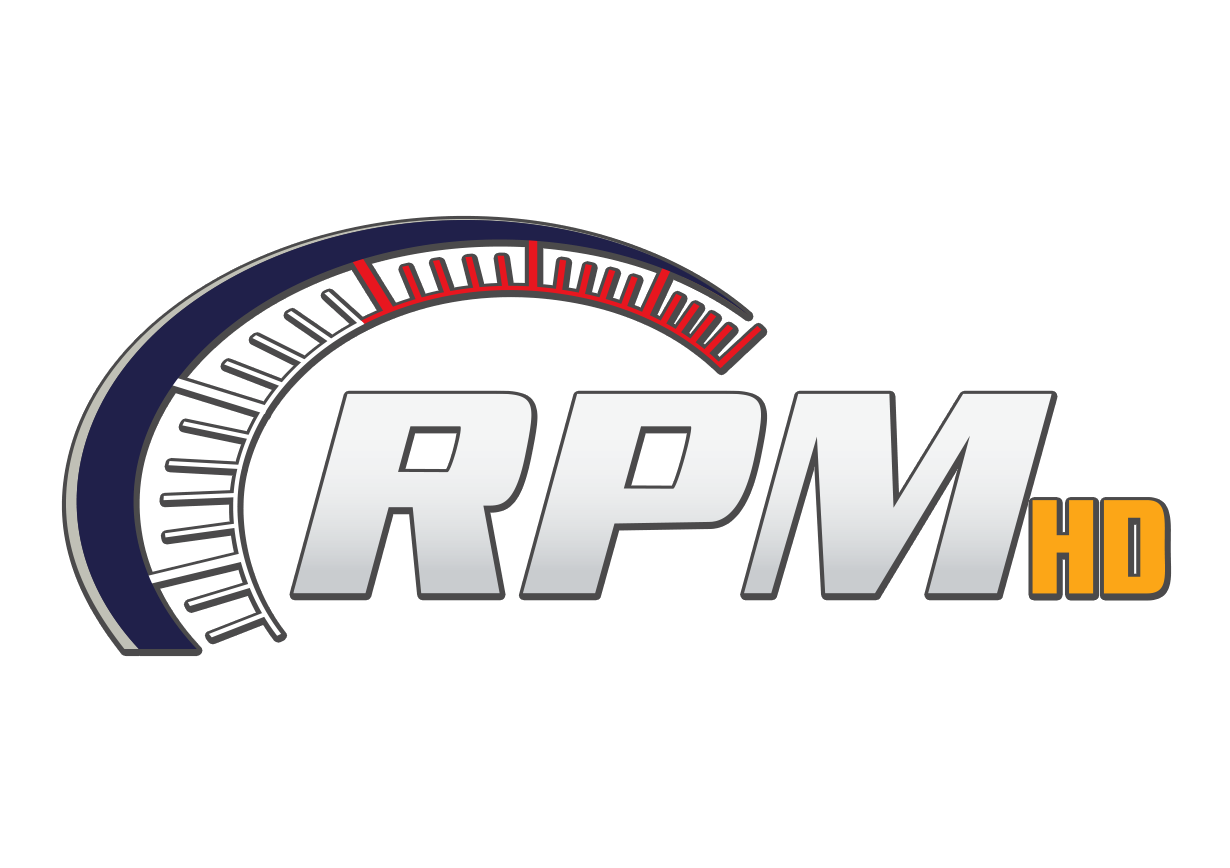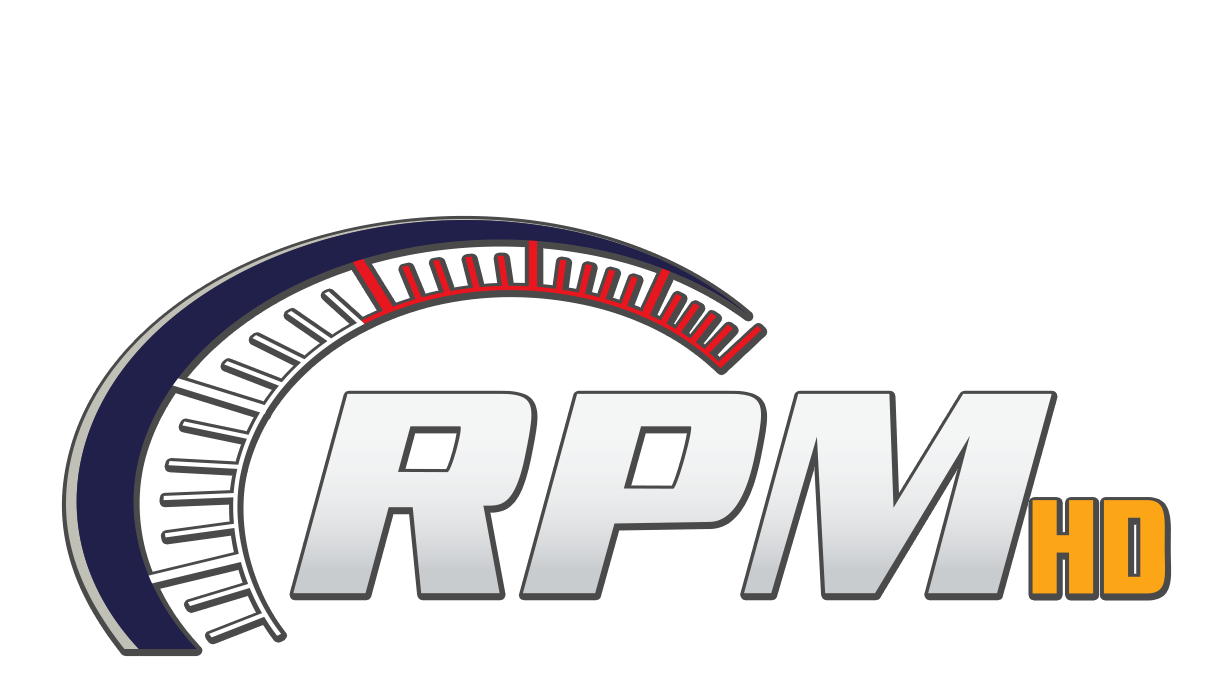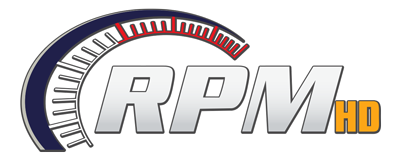
Robert Hight RPMHD image
By Lee Elder
CLERMONT, Ind. (August 28, 2018) – The National Hot Rod Association has changed its drag strip preparation method after the third race of the 2018 Mello Yello Drag Racing Series season at Gainesville, Florida in March. The sanctioning body wanted to slow the speeds of its two nitro classes, Top Fuel and Funny Car.
There were various reasons for wanting to slow the cars but they all boiled down to one common theme: Safety. The 67-year old, California-based NHRA sought to increase overall safety at its events by slowing its fastest and most popular cars.
Robert Hight, the defending Funny Car world champion was asked after winning the Funny Car final at Route 66 Raceway in June if the change in track preparation changed what he did as a driver.
“A lot because now it’s more important to keep that thing in the middle of the groove,” Hight said. “But I can tell you right now that last few races I’ve won some rounds by peddling. You’ve got to be ready for anything. The traction just isn’t there.”
The traction might not be the same it has been in other years but the speeds are still very fast. Just a few races into the new procedure, Clay Millican qualified first in Top Fuel at Route 66 with an elapsed time of 3.677 seconds and a speed 333.58 mph. Matt Hagan led Funny Car qualifying at Route 66 at 3.917 seconds and Courtney Force had the best speed, 327.66 mph.
The changes in track preparation were not aimed at the Pro Stock and Pro Stock Motorcycle, but those classes use the same racing surface as the nitro teams. At Chicagoland, Greg Anderson led Pro Stock at 6.546 seconds and 211.03 mph. Andrew Hines had the quickest elapsed time in Pro Stock Motorcycle, 6.849 seconds and 197.45 mph but, notably, Hector Arana Jr. recorded his third 200-plus mph pass during eliminations.
The biggest race of the season approaches this week, the Chevrolet Performance U.S. Nationals at Lucas oil Raceway at Indianapolis in Clermont, Indiana. The facility’s racing surface is among the more sun-sensitive tracks the NHRA’s Mello Yello Drag Racing Series races on and there is concern about the teams’ ability to produce enough traction to ensure great racing. The Labor Day Weekend event is also the last of the NHRA’s so-called regular season, the last chance for racers in the four professional categories to qualify for the Countdown to the Championship.
A source contacted by RPMHD during the Chicago race said, “We (the teams) knew (the track preparation change) was coming. They (the NHRA) told us this was happening. They were up front about it. We just need to do a better job adjusting to it.” He added that crew members who perform the pre-session track inspections for the professional teams will become increasingly important.
At issue is the awesome acceleration potential for the nitro class racers. The current best estimate is that the nitro cars can produce as much as 11,000 horsepower. The cars are capable of reaching speeds up to 340 mph after starting from a standing start over a distance of 1,000 feet. It is a stunning experience to see one of these cars charge down the track, the flames burning out of the header pipes, and to hear the engines screaming. Obviously the NHRA does not want to lessen that experience for its fans. It is a delicate balance to strike.

Clay Millican NHRA image
Have the nitro teams caught up the new preparation methodology for the racing surface? The numbers look that way, at least in terms of top speed. At last week’s test at LOR, Brittney Force led the Top Fuel teams with an elapsed time of 3.739 seconds at 330.55 mph. Jack Beckman topped the Funny Car charts at 3.958 seconds and 327.35. The top qualifying runs at the 2017 US Nationals were turned in by Top Fuel’s Millican and Matt Hagan in Funny Car. Millican’s numbers were 3.663 seconds, 329.1 mph, while Hagan’s were 3.799 seconds and 338.77 mph.
It is obvious, also, that the sanctioning body wants to see the hugely-popular nitro cars make full pulls down the track. It is a highly technical matter to change the preparation of the racing surface so that the cars still go fast and stay stuck to the track while not going quite as quickly. In the past the NHRA has used other methods to slow its fastest cars and those methods have worked to varying degrees.
The only part of the cars that actually touch the racetrack are the tires produced by the Goodyear Tire & Rubber Company. Todd Rogers of Goodyear said the tiremaker has not changed the rear drive tires it supplies to the professional classes. In the past, Goodyear has introduced new rear tires for the nitro classes roughly every 18 months or so. The implementation of the Countdown to the Championship, the NHRA’s late-season playoff system, made it difficult for the tiremaker to introduce new tires during the second half of the season. The tiremaker has been hesitant to introduce new tires within a short time before the start of the Countdown.
“Our plans have not changed in terms of development,” Rogers said. “We are obviously going to test and see what we can learn, just like always.” Rogers said the NHRA’s new track preparation program is easier on tires.
The technical excellence of the NHRA’s professional teams is always on display and the U.S. Nationals will prove to be a technical proving ground, as usual. The annual Labor Day Weekend gathering of the sport’s best and brightest, the traditionally difficult conditions and the changes in track preparation combine to give this year’s event more side stories than usual.
And that sounds like fun.












